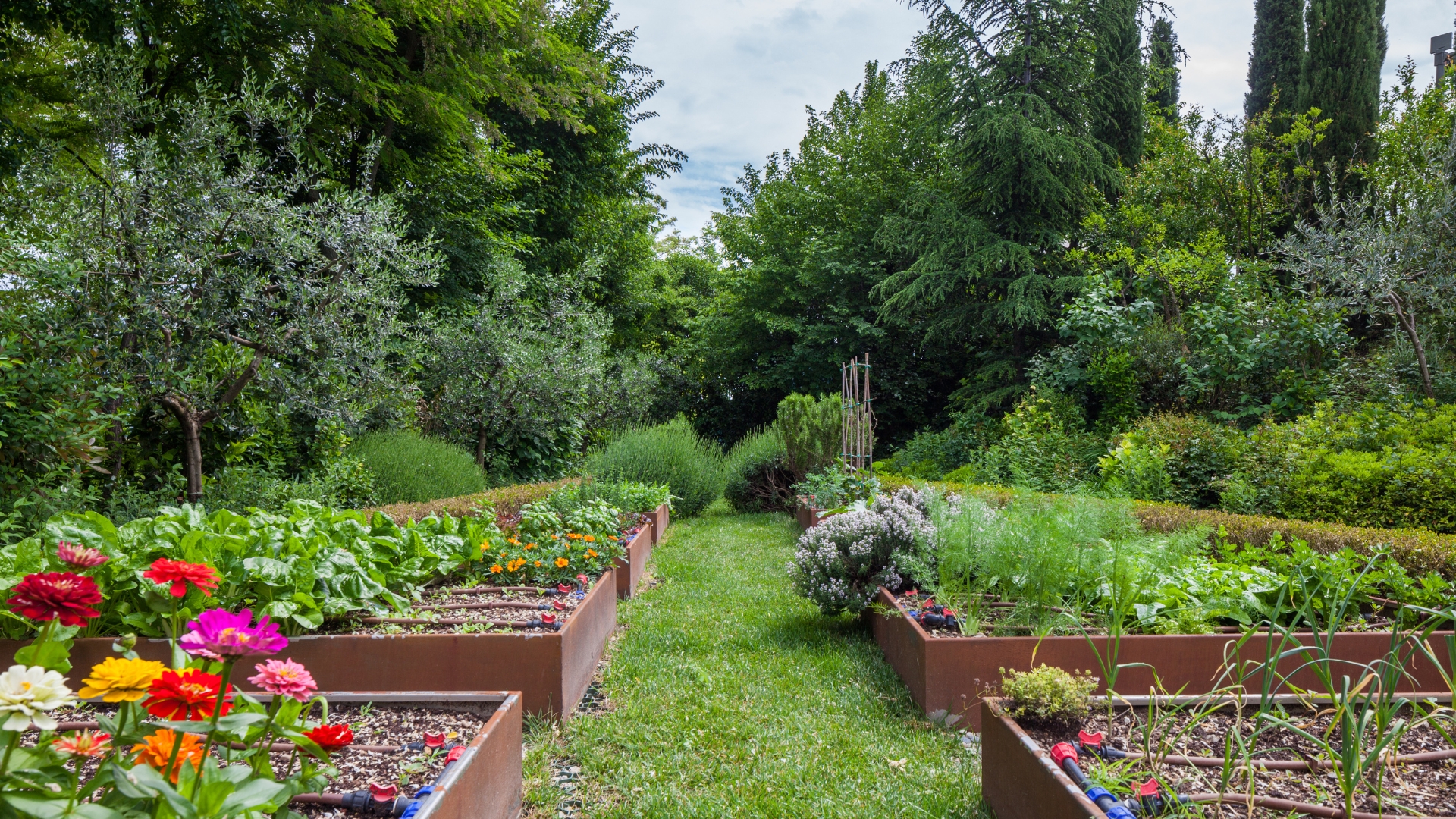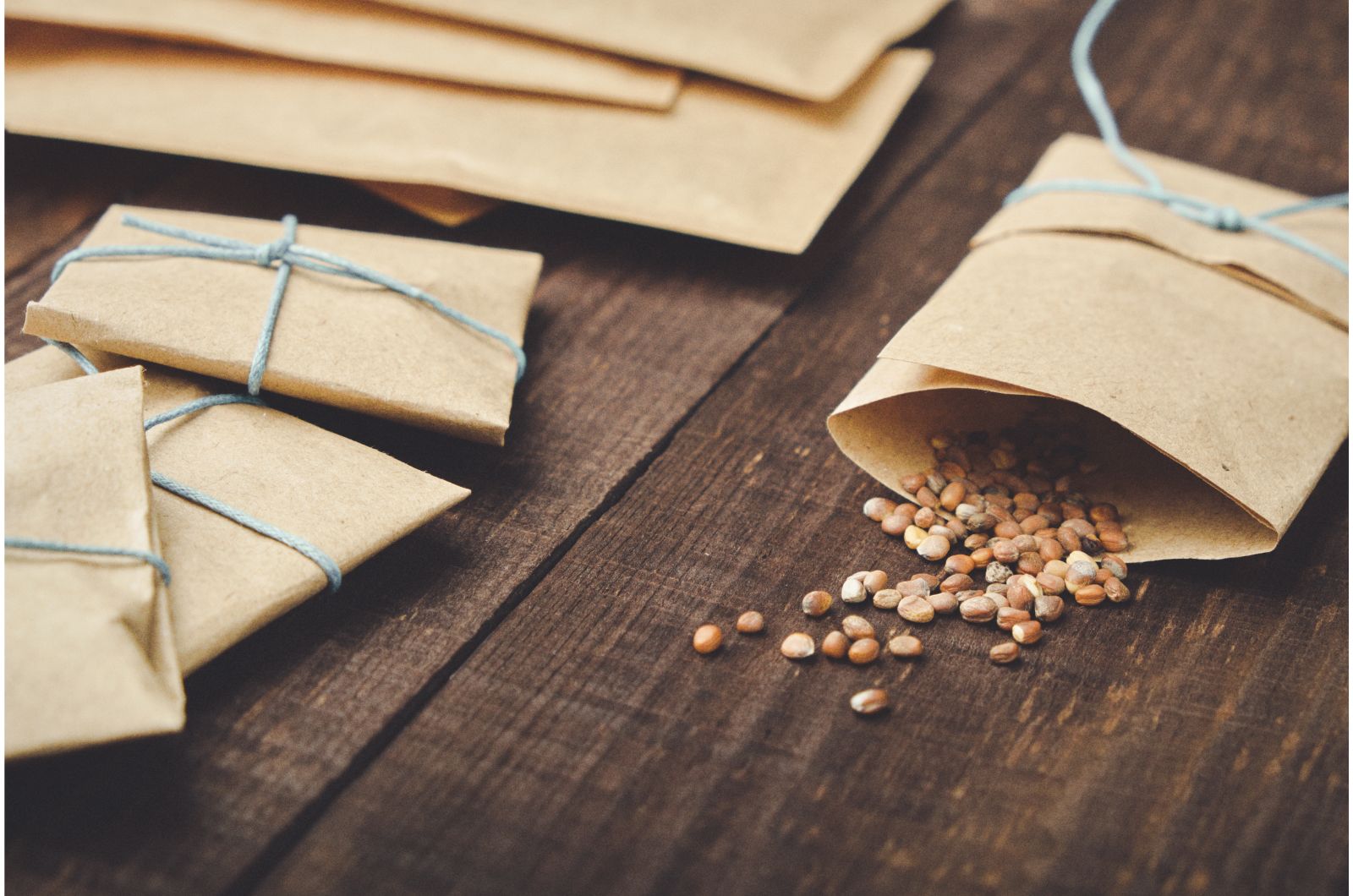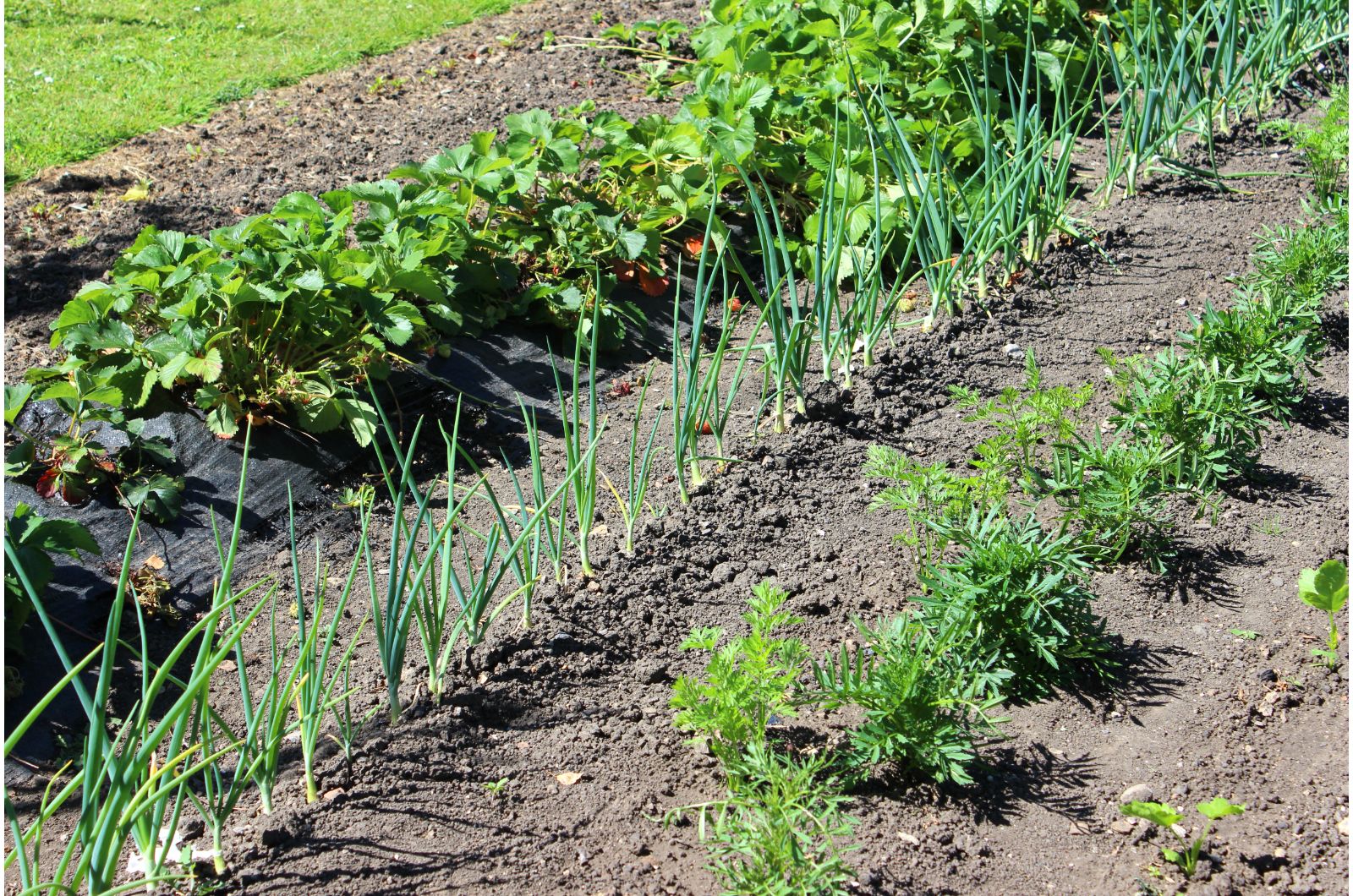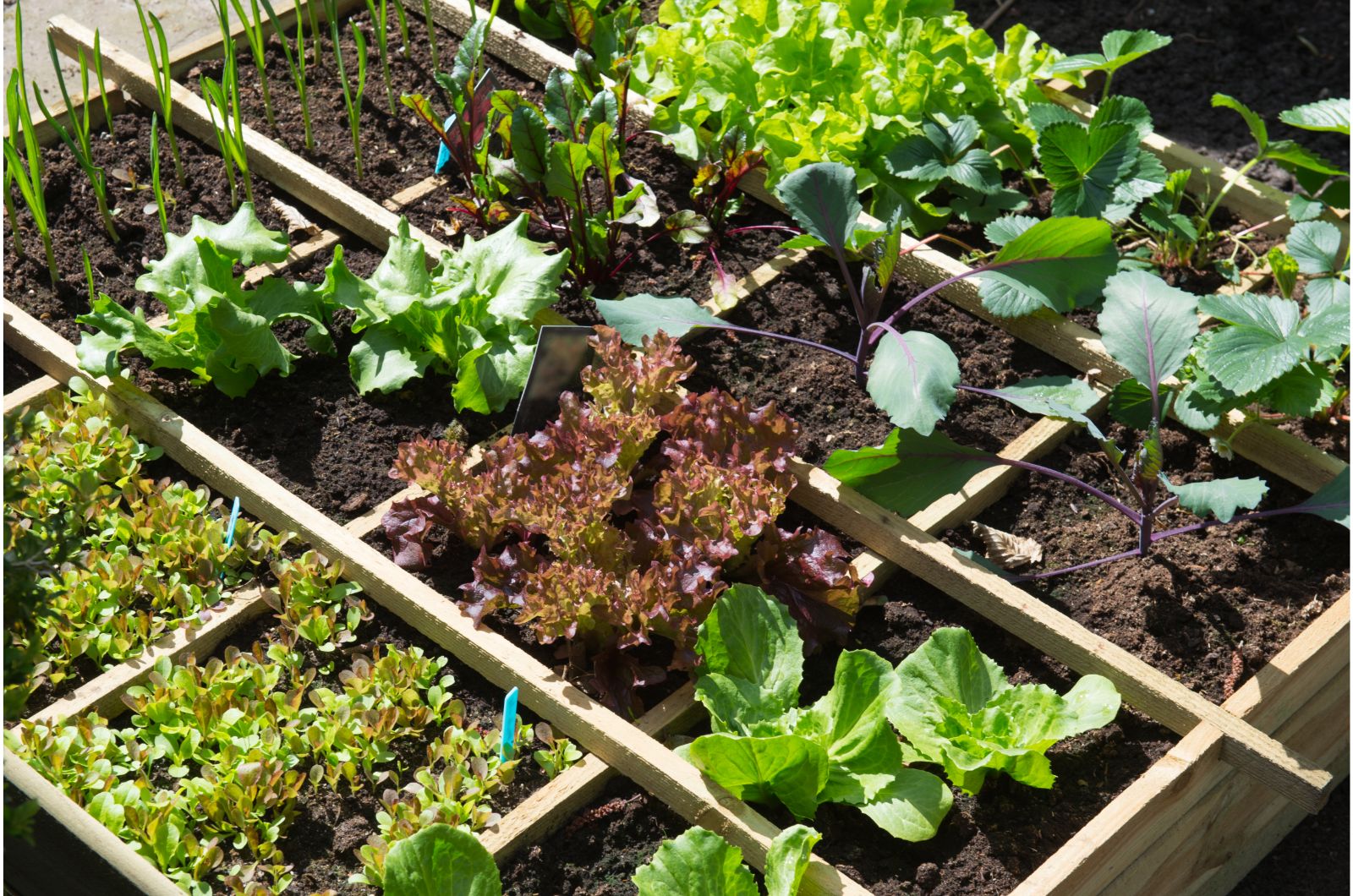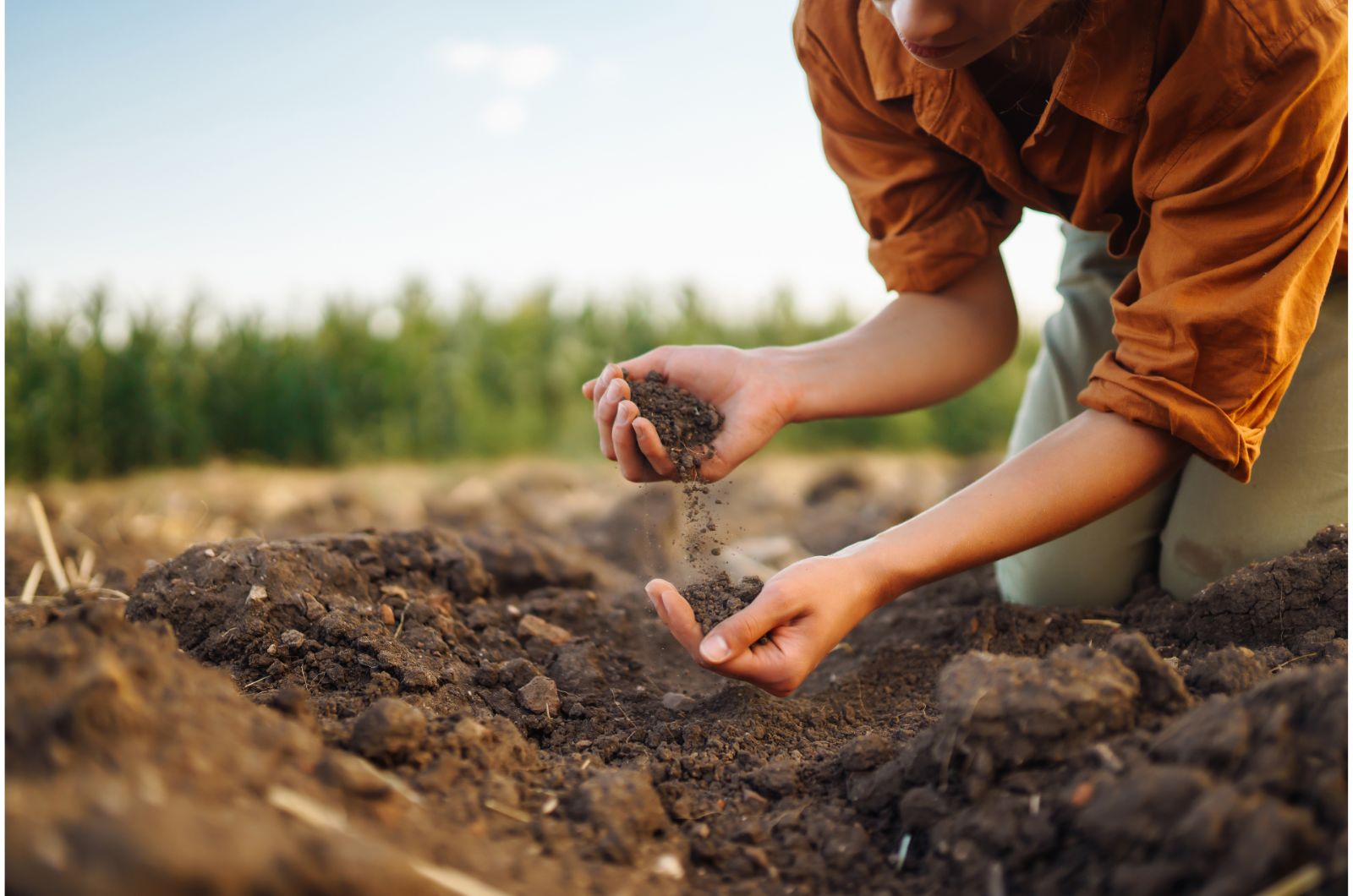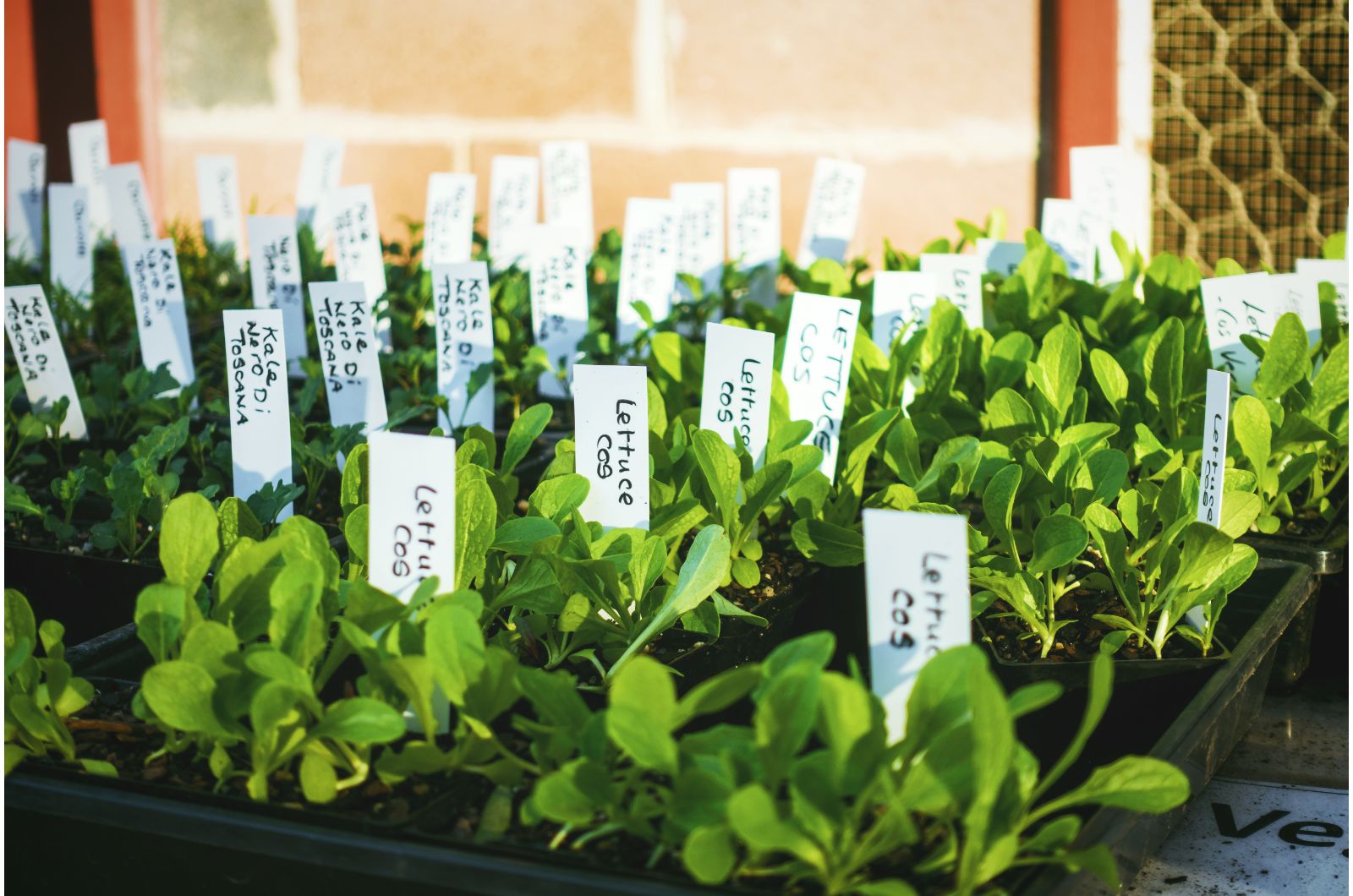The shelves of supermarkets and nurseries are filled with bulbs, seedlings, herbs, and flowers, which means only one: spring is coming!
I’m sure every gardener wishes to purchase all of these things at once and add them to their garden. Well, gardening without patience won’t give good results and we should focus on planning more than we’re aware of.
The type of seeds you purchase, the planting space available, location, and many other factors affect the final result at the end of the growing season.
There will be ups and downs no matter what you do, but planning saves time, money, and, more importantly, it saves us from the heartache we would feel if everything fails.
In this article, I’ll show you how to plan your garden and why being patient when gardening is so important.
Let’s get started!
1. Take Stock Of Your Seed Collection
If you’ve been purchasing seeds on sale over the last year, think when the last time you checked your seed collection was. Labeling seeds with dates is one of the most crucial things on this entire journey.
Your goal is to use the oldest seeds you bought, so make sure you label them after every purchase.
Another thing you should do is organize your seeds, and the way you do it depends on your personal preferences.
For instance, you can group the seeds of cool-weather crops and do the same for warm-weather crops.
You can also store them by variety (all peppers together) or the type of plant (herbs).
If you accidentally purchased seeds of plants you’re allergic to or there are some other reasons why they can’t be a part of your garden, do not discard them.
Seed libraries and seed banks are very popular nowadays, and you can also swap seeds and try some new species.
You can use social media and join gardening communities to exchange information and swap or gift the seeds you don’t intend to use.
2. Establish Your Priorities
Deciding on your priorities is another thing you should do before starting your garden. If you have seeds that are near the end of their shelf life, you need to make sure you use them before their germination rate diminishes considerably.
If your goal is to make your garden aesthetically pleasing, then focus on researching and getting the flower seeds.
Some of you may opt to make a pleasant seating area, so adding plants that repel mosquitoes and other nuisances is a priority.
Gardening is a great way to lower your grocery bills, so in this case you’ll need to focus on veggie seeds and research their companions.
As you can see, deciding on your priorities before starting your garden plays a major role in this process.
If you have limited space, then seed selection should be oriented toward choosing only plants you will use. This especially applies to edibles because why grow Brussels sprouts if you won’t eat any?
You can plan your gardening using the old-school method and draw everything on paper. But I highly recommend using gardening apps for this purpose.
Draw a map of your garden and think of the spacing of the selected plants and if they all can fit in that planting site. Overcrowding will lead to various issues in every plant species, so make sure to research and pay attention to plant spacing.
If you have trees or bushes in your garden, you’ll need to purchase plants that won’t inhibit their growth and vice versa.
Growing more than one variety of a single plant can lead to cross-pollination, which will result in deformed crops.
You should also consider adding companion plants to avoid pest issues.
Finally, you have to consider the care requirements of every plant and how much time you can spend on maintenance. You definitely don’t want to add high-maintenance plants and make your life miserable.
3. Prepare Your Planting Site
If you completed a to-do list with my previous tips, there’s another thing to do before you purchase the plants and start your garden.
Yes, this seems like a lot, but remember that gardening is all about patience.
So, you should be aware of the importance of soil for your plants. It’s essential to know if your soil is sandy or clay, how much moisture it retains, and if it drains well.
The majority of plant species are sensitive to overly wet and compact soils, so you’ll need to amend the soil until you get the desired texture.
You also need to perform a soil test because soil pH plays an important role in plant development.
It’s always best to amend the soil in the fall or winter before the spring growing season, but if you skipped this part, you still have enough time to complete it.
Sun exposure also plays a vital role in gardening, so I recommend observing your planting site for some time to see how much light it gets.
You’ll need to organize your plants according to their light requirements, but also pay attention to the factors I described above.
If you live in an area prone to strong winds, you should ensure some protection for your plants.
Finally, you need to figure out the way you’ll water your plants. Automatic sprinklers are life savers but if one side of your garden is higher than the other, these devices simply won’t work.
The lower side will quickly become waterlogged and destroy the plants. In this case, a water hose is the best option.
One More Thing
I’m sure you now realize the importance of planning your garden and the patience you need.
The last thing I should discuss is the timing of starting a garden. If you have some seeds that should be sown in January, you don’t want to start them in March. The plants could quickly bolt and it can be really disheartening to watch.
Some plants should be started in May, so don’t rush with things if you want happy and healthy plants.
Even though you can control conditions to some extent, you can’t fool Mother Nature. Artificial lights, heat mats, and greenhouses are all beneficial, but planning your garden will help you avoid many issues and reduce the need for additional devices.

